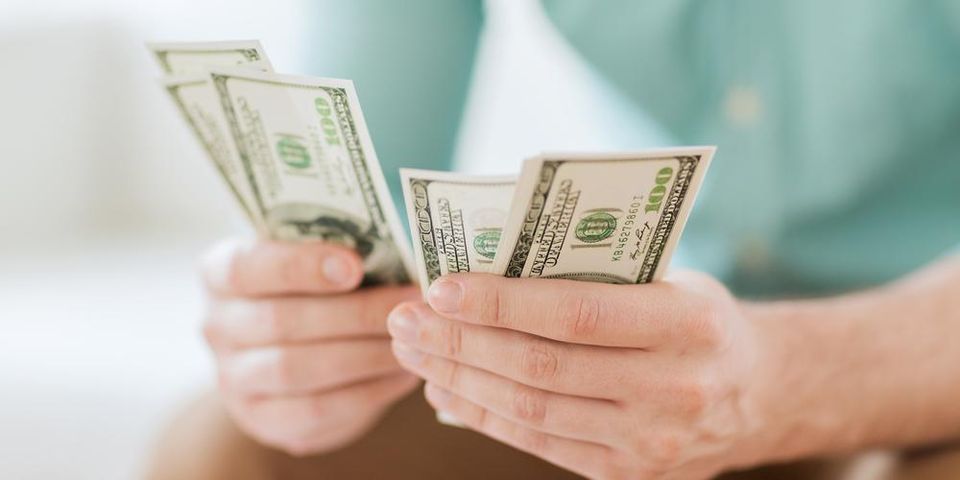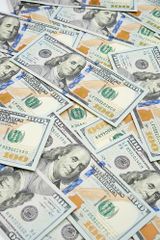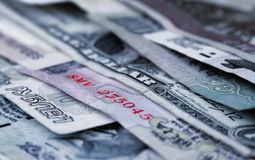Cincinnati’s Leading Coin Dealer Discusses the 3 Rarest Types of Paper Currency
By Coins Plus

Just last month, we at Coins Plus discussed three of the rarest and most expensive coins. But, you may be asking, what about paper money? Below, our expert coin dealers tackle the topic.
3 Rarest Types of Paper Money
1. 1890 $1,000 Treasury Note
 Treasury Notes were a two-part series of paper currency issued by the U.S. government between 1890 and 1893. They were printed in denominations of $1, $2, $5, $10, $20, $50, $100, and $1,000. Currency and coin collectors particularly seek out the 1890 $1,000 variation not only for its high denomination but also for its unique and ornate design.
Treasury Notes were a two-part series of paper currency issued by the U.S. government between 1890 and 1893. They were printed in denominations of $1, $2, $5, $10, $20, $50, $100, and $1,000. Currency and coin collectors particularly seek out the 1890 $1,000 variation not only for its high denomination but also for its unique and ornate design.
Popularly named the “Grand Watermelon Bill,” the banknote features green stripes in the reverse denomination, making the zeros resemble the sweet fruit. Only one of the two existing Watermelon Bills is available to collectors. Thus, it is not only the rarest but also the most expensive US note. In fact, one sold for a staggering $3.2 million to an anonymous buyer in 2013.
2. 1891 Red Seal $1,000 Bill
The ornate complexity of the 1890 Treasury Note series served not only an aesthetic but also a practical purpose. The intent was to deter counterfeiters by designing a bill that was difficult to recreate. However, the U.S. government soon realized that the complex features actually made it harder to distinguish between genuine and fake notes. Thus, the redesigned 1891 series was born.
The front of each denomination bears a striking resemblance to their 1890 counterparts, apart from a smaller, more prominent red seal on the right-hand side. The reverse, on the other hand, features a simple, traditional design. Only two of these notes exist today, making it one of the rarest and most sought after bills in the world.
3. 1882 $500 Gold Certificate
 Like the 1890 $1,000 Treasury Note, there is only one 1882 $500 Gold Certificate still in existence. However, the bill takes third place on our coin dealers’ list because of its value. That is, the 1891 Red Seal is worth a reported $2.5 million, while the 1882 variety sells for slightly less at $2.4 million. Regardless, the bill is still a numismatic treasure. It, along with other early and rare U.S. banknotes, was discovered in the back of a banker’s drawer. Untouched for years, the bill is in mint condition.
Like the 1890 $1,000 Treasury Note, there is only one 1882 $500 Gold Certificate still in existence. However, the bill takes third place on our coin dealers’ list because of its value. That is, the 1891 Red Seal is worth a reported $2.5 million, while the 1882 variety sells for slightly less at $2.4 million. Regardless, the bill is still a numismatic treasure. It, along with other early and rare U.S. banknotes, was discovered in the back of a banker’s drawer. Untouched for years, the bill is in mint condition.
As any coin dealer will attest, you don’t need to own any of these bills to have an impressive collection. For more tips on building your collection as well as hunting rare finds, call our Cincinnati office at (513) 621-1996. To schedule an expert, honest coin appraisal, visit Coins Plus online.
About the Business
Have a question? Ask the experts!
Send your question

